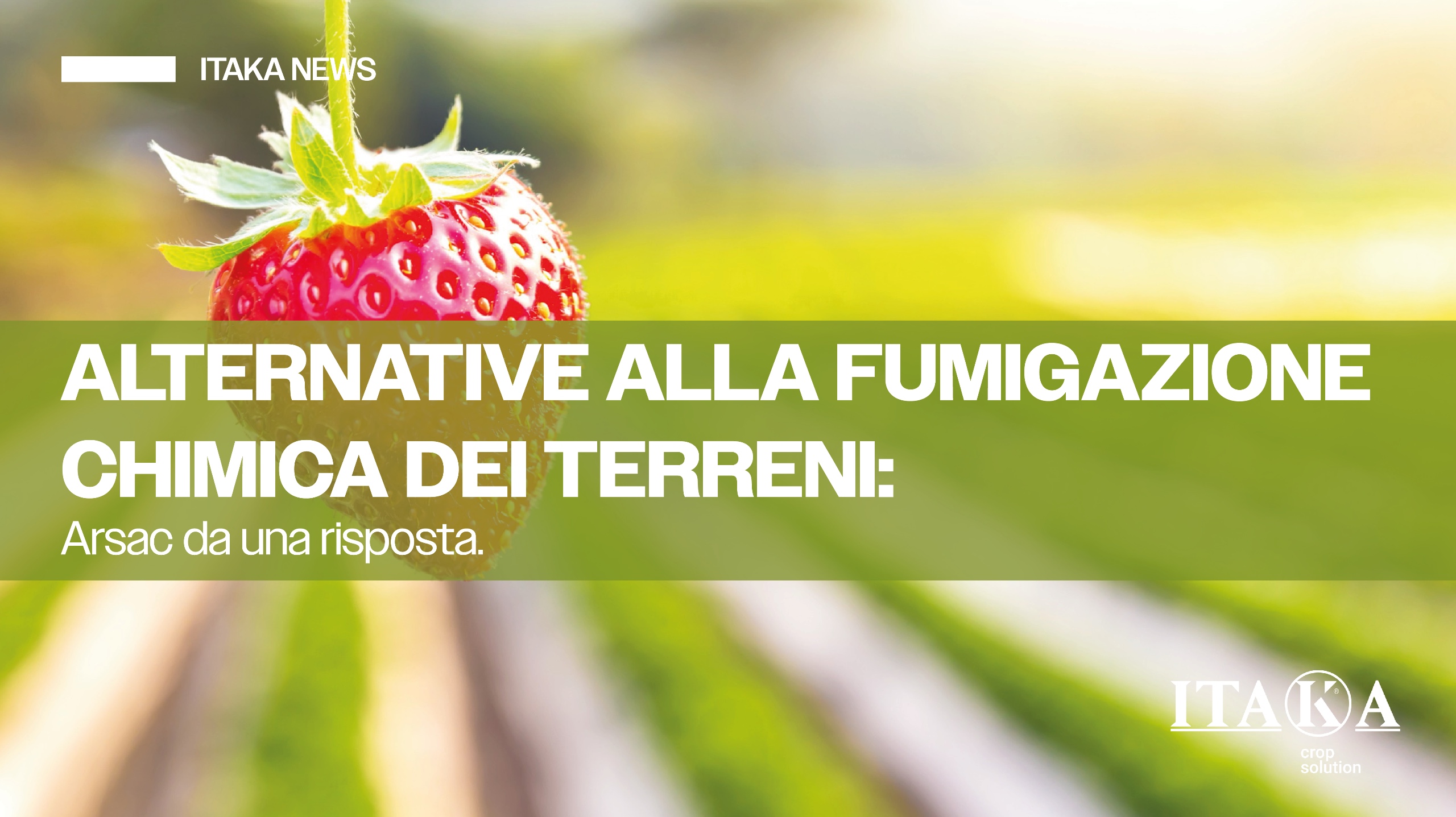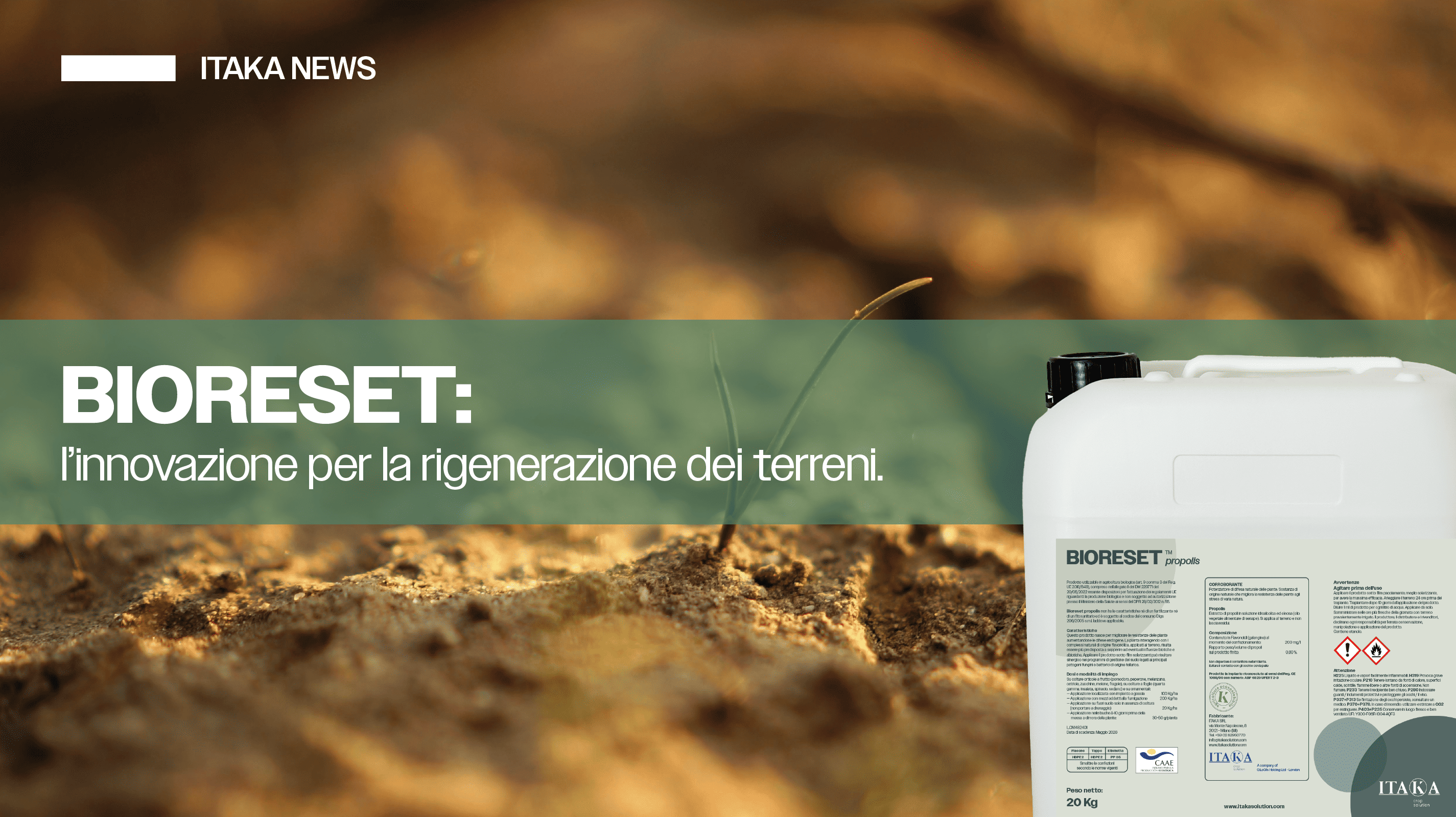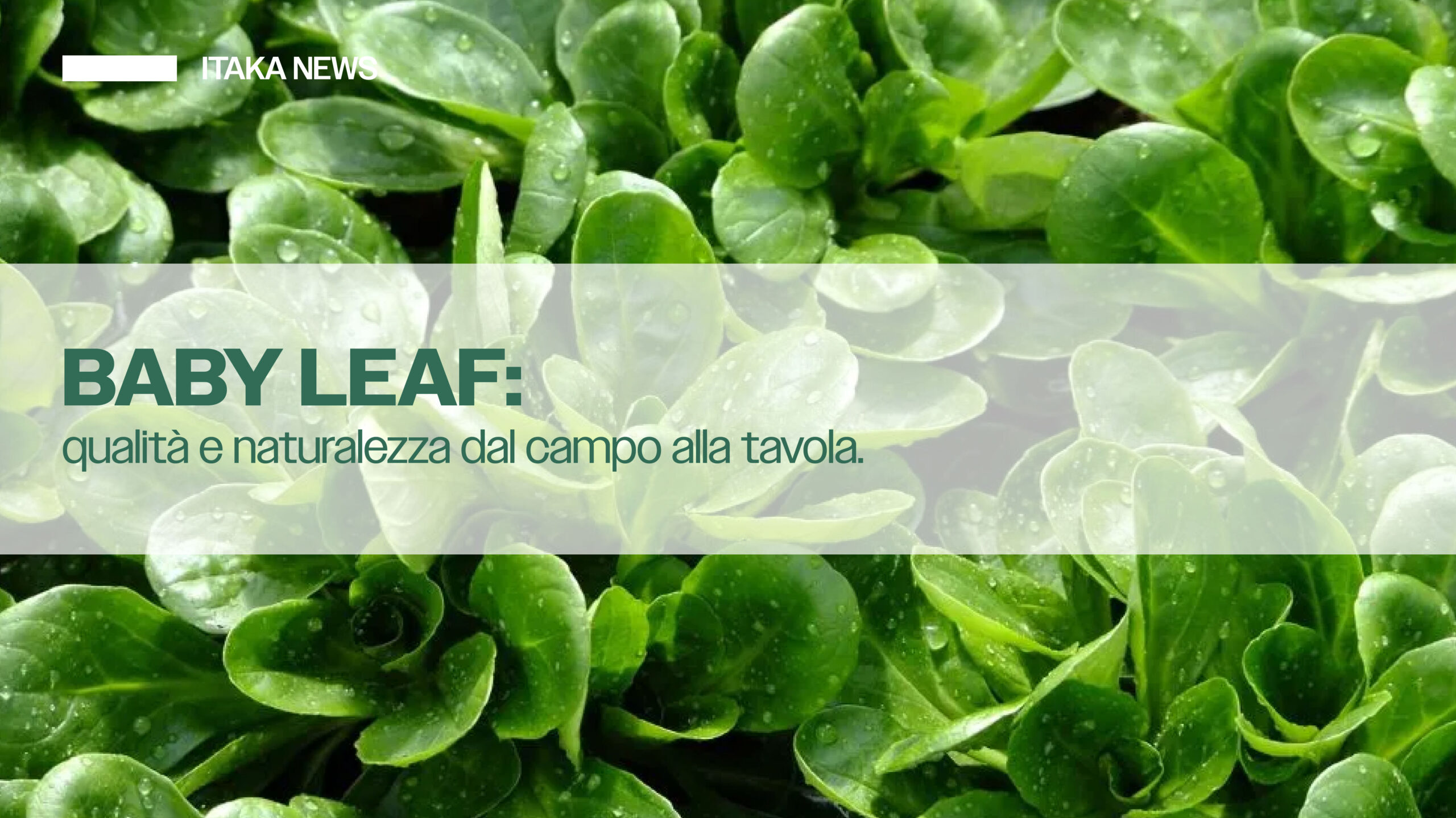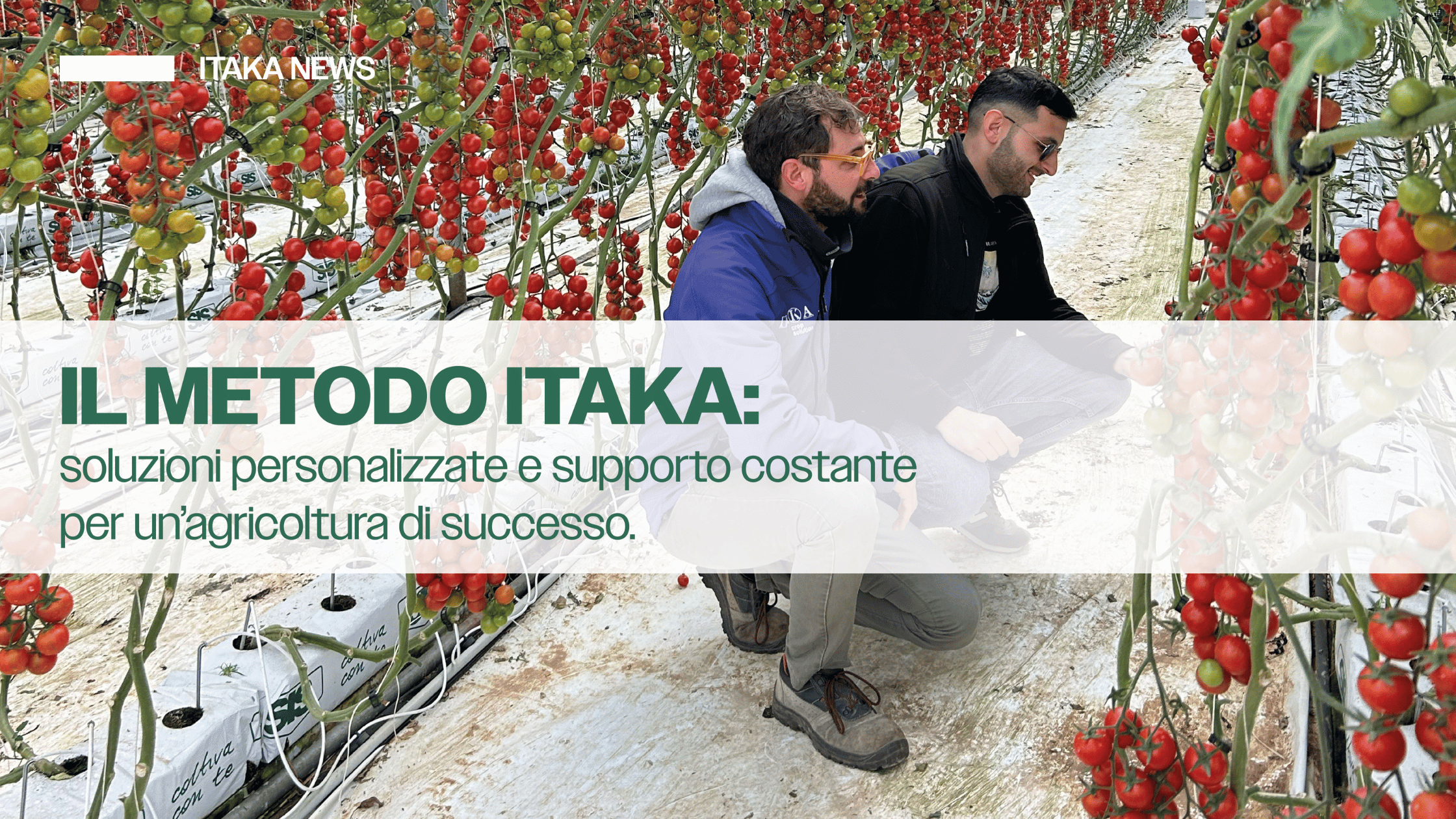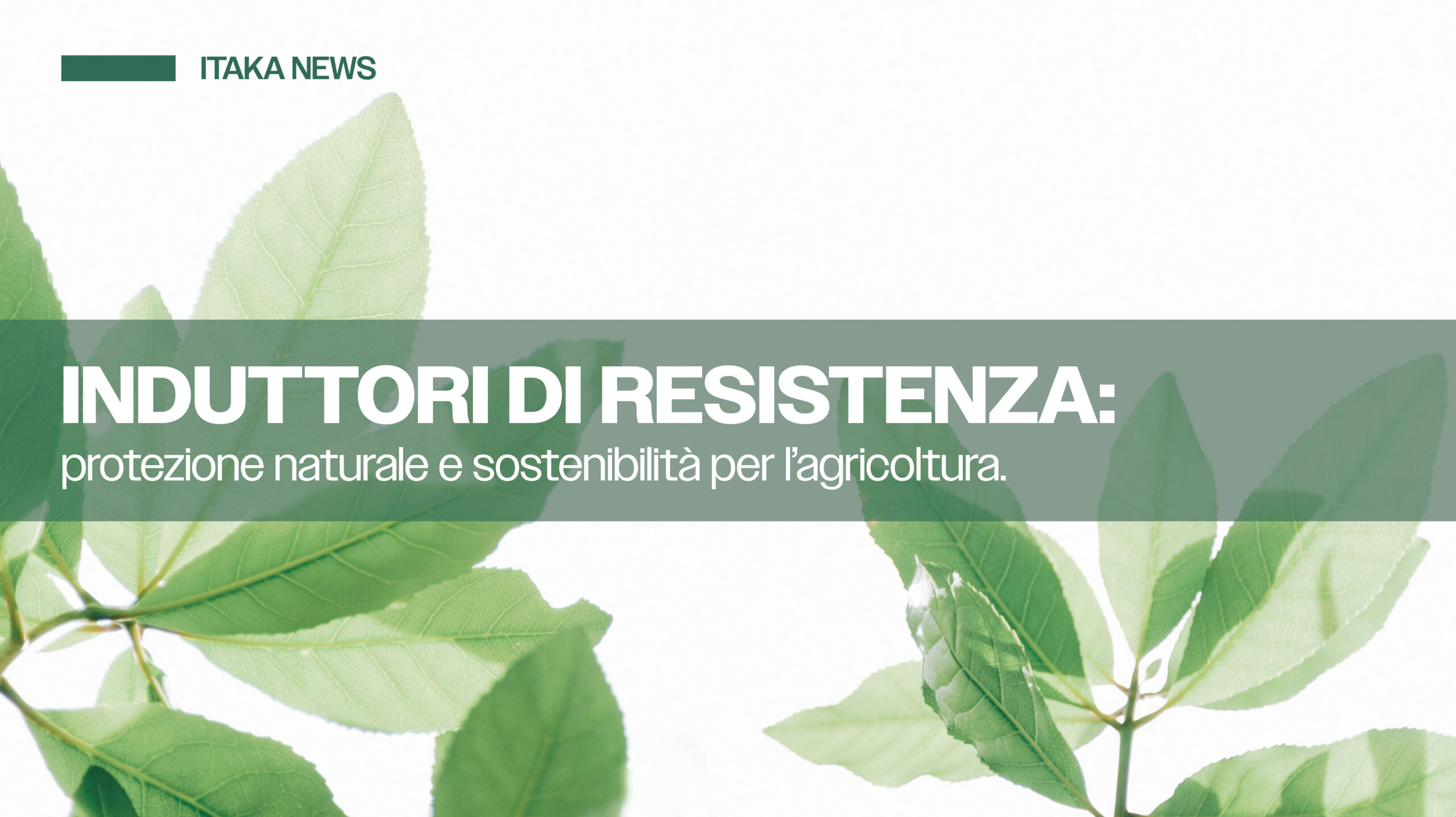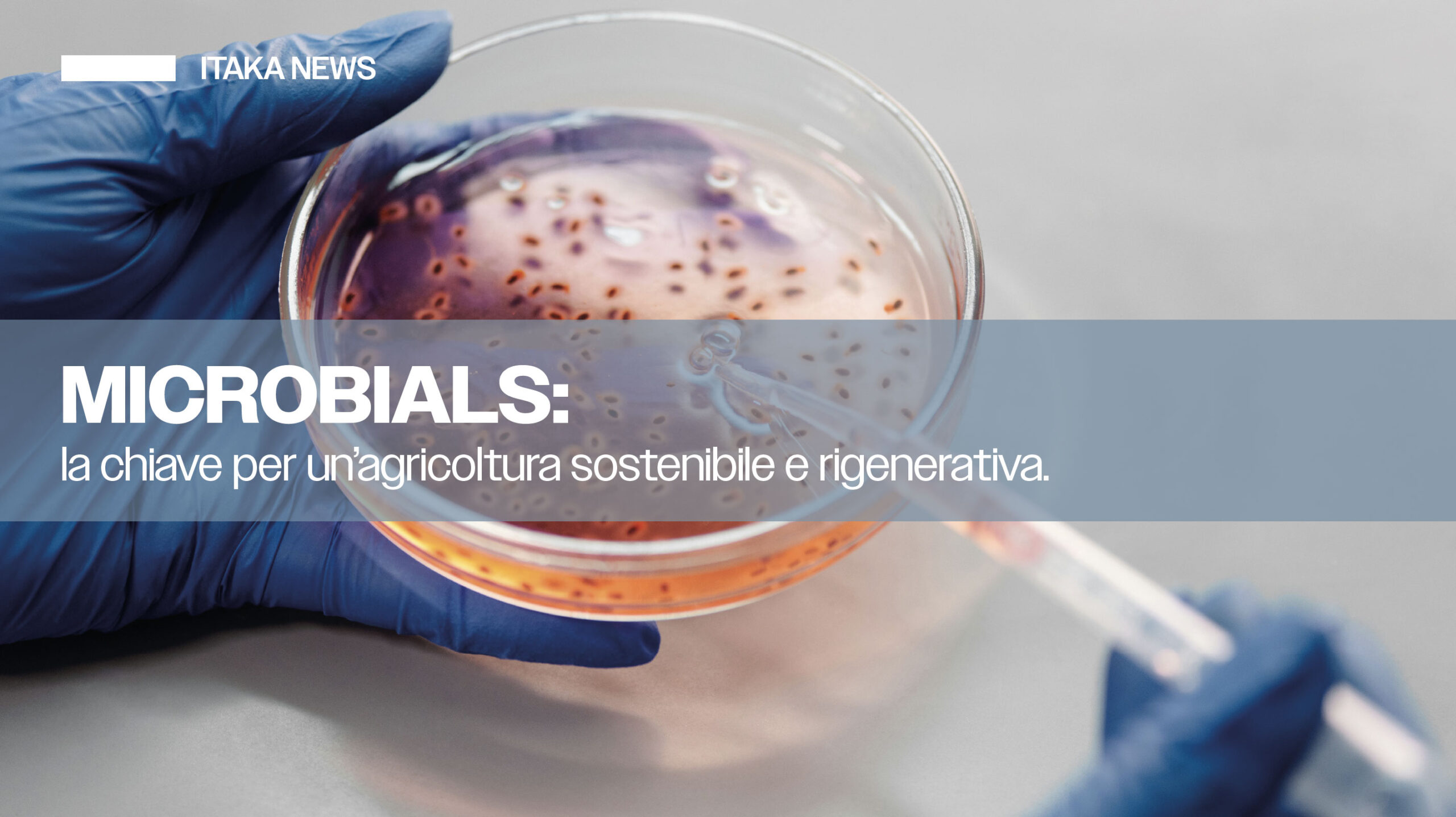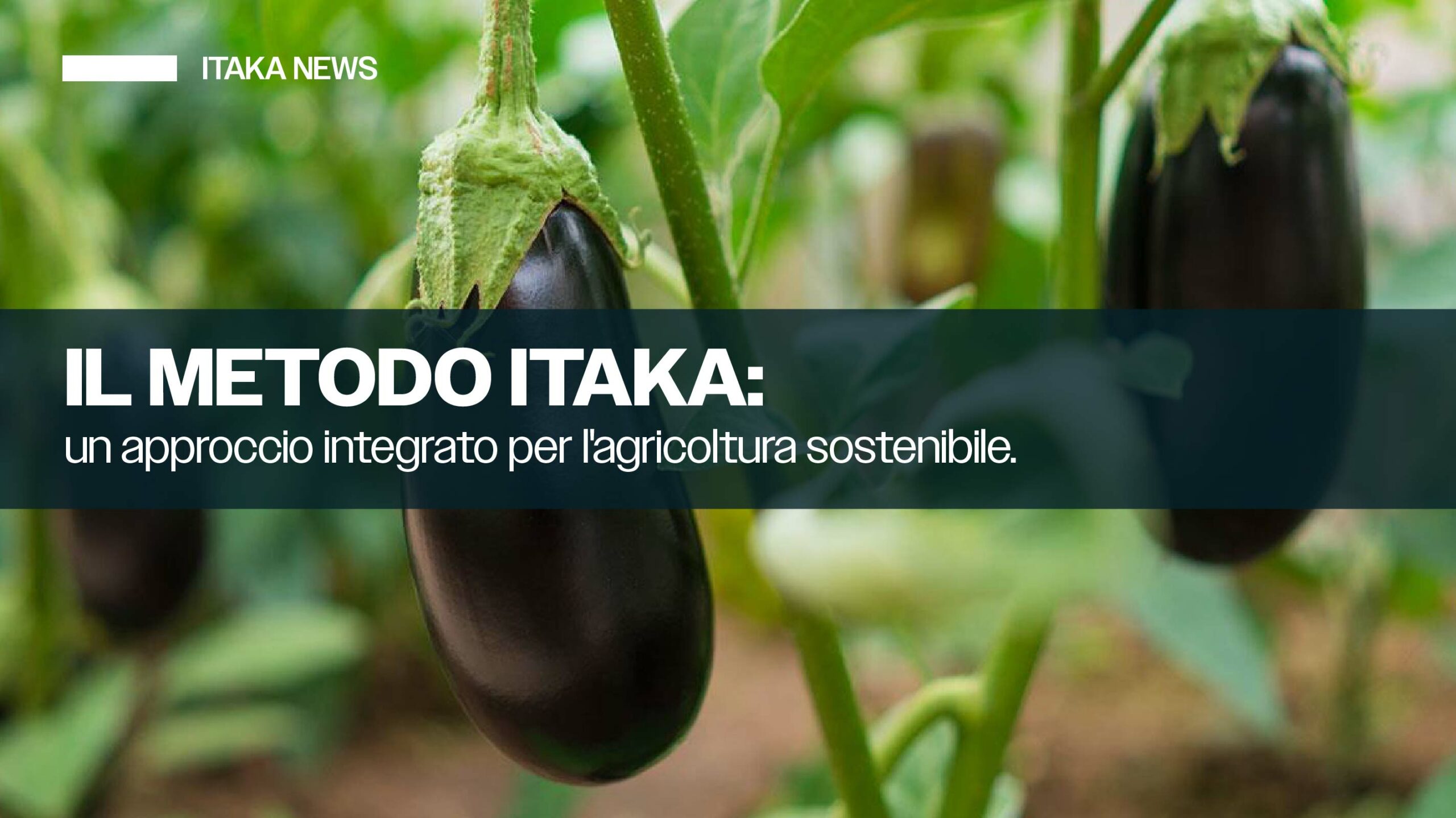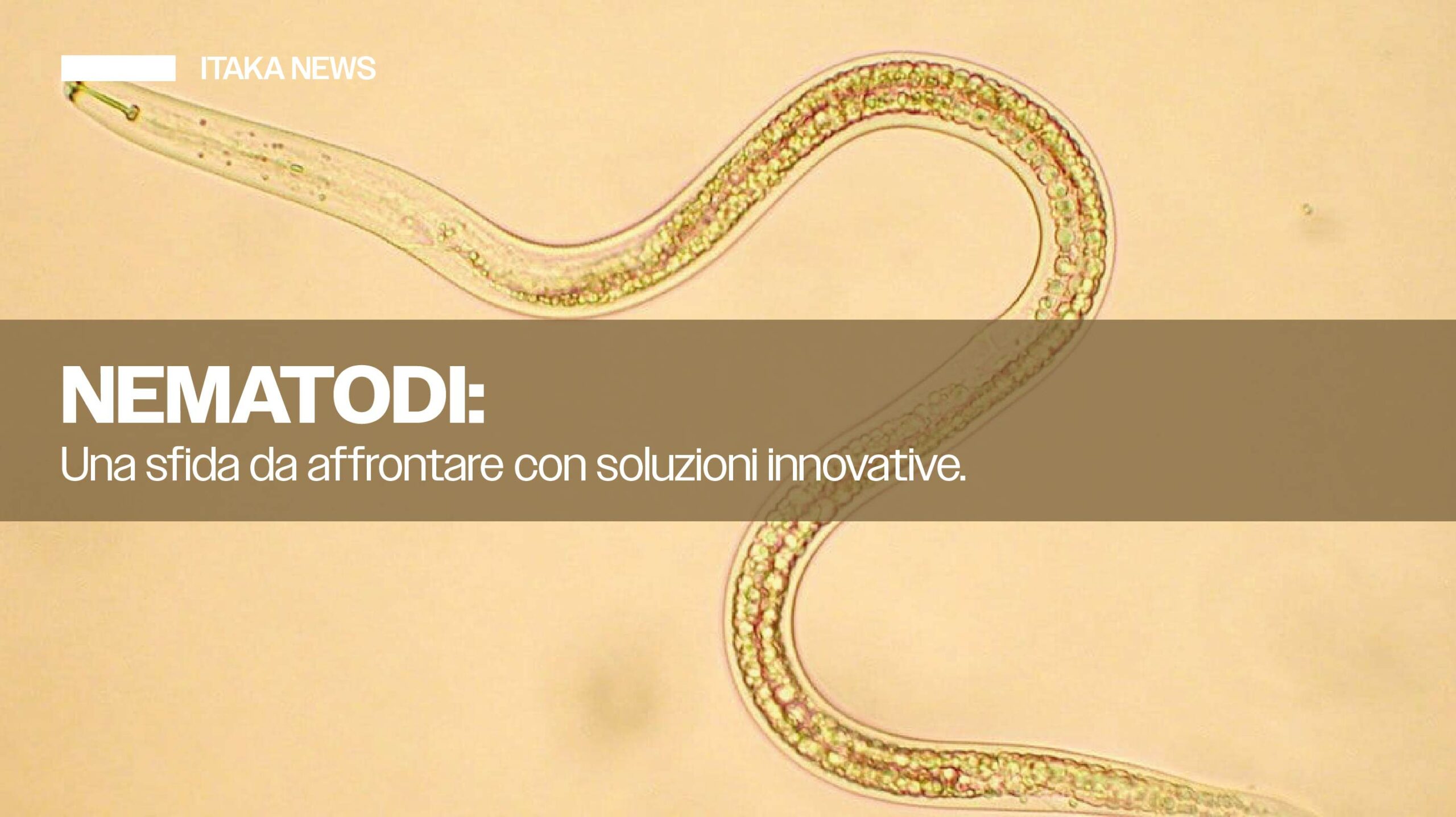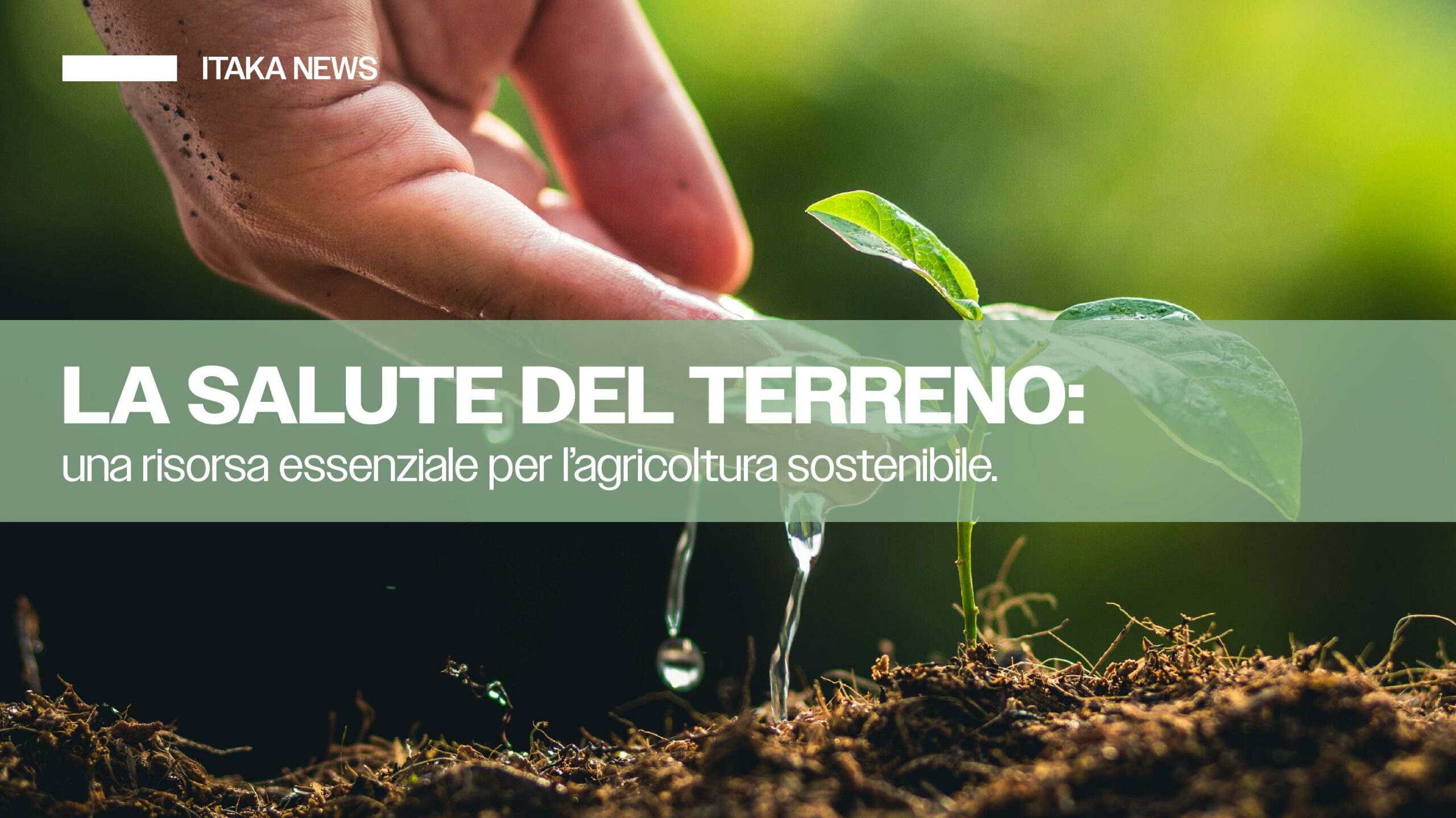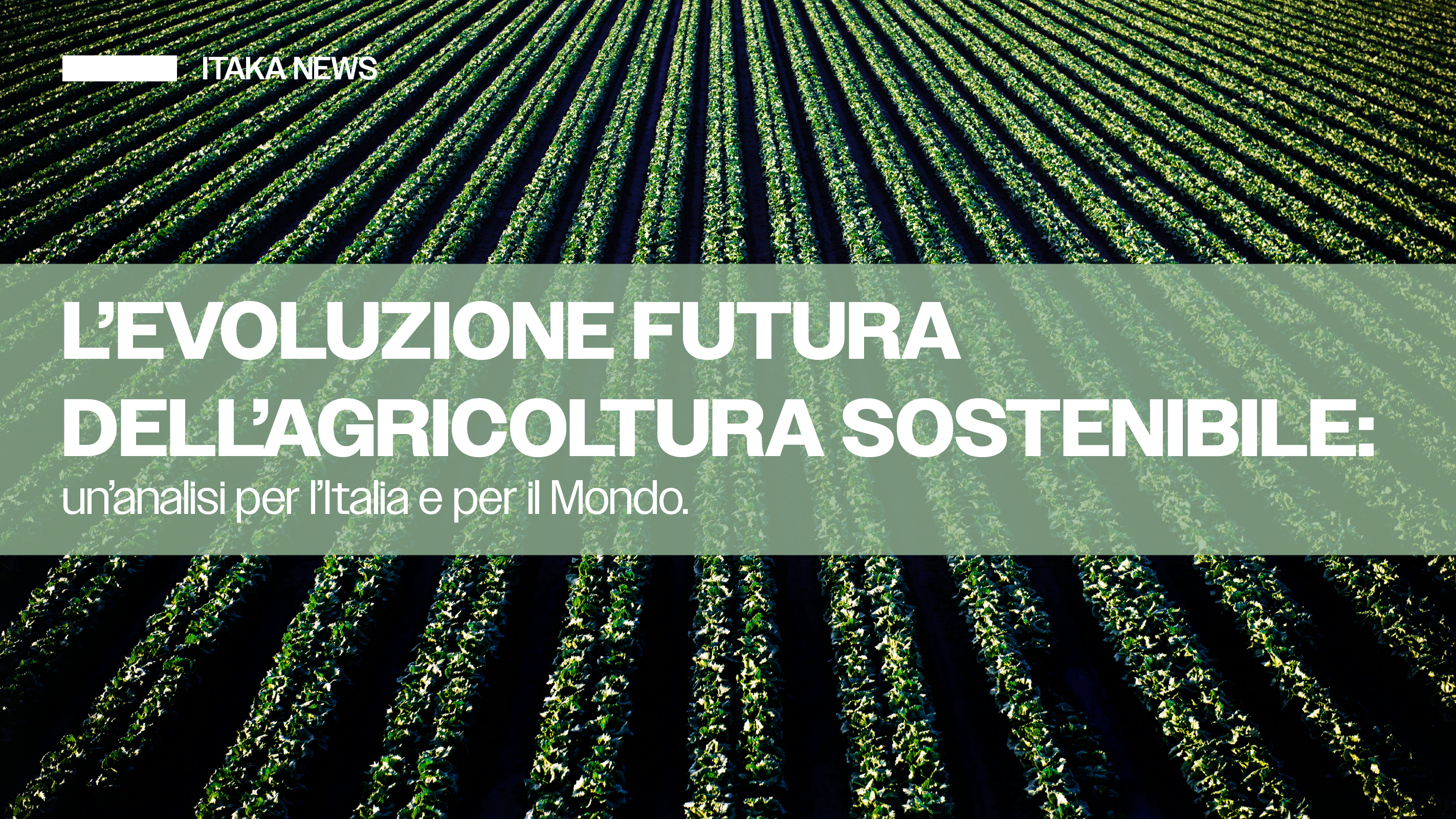Can you identify agricultural pests? The Agriculture and Horticulture Development Board (AHDB) has created a brilliant Encyclopaedia of pests and natural enemies in field crops which gives detailed information to help you identify agricultural pests and manage natural enemies.
Managing crop pests alongside encouraging and supporting beneficial insects is fundamental to sustainable crop production and an essential part of a low input regime such as an integrated pest management (IPM) strategy.
The AHDB Encyclopaedia of pests and natural enemies provides guidance on larvae, pest thresholds (so you know when to take action), and groups the pests and natural enemies under their insect types. Information for each pest species includes identification and symptoms, monitoring, life cycle, different types of control, crops that are affected, and implications of damage caused.
For beneficials, you are given guidance on identification, life cycle, benefits they can bring, and how you can encourage them.

The AHDB gives the following recommendations for managing pests:
- While some beetle species are crop pests, the majority are harmless and some are important predators of crop pests.
- Many bug species are plant-feeding pests but there are also some natural enemy species.
- Although some flies are crop pests, others perform important functions such as controlling crop pests, recycling organic matter, and acting as food for farmland birds.
- Butterflies and moths can be important pollinators but their larvae are sometimes pests.
- Levels of crop pest infestations can be regulated and managed by encouraging their natural enemies (beneficial insects). It is essential to encourage a wide range of natural enemies capable of controlling each of the pest’s life stages; encourage species that will play a major role, but also encourage overall levels of natural enemies, to prevent pests reaching outbreak levels.

